Richard Susskind envisages a future in which bespoke legal services will be the exception.
For many lawyers, says Richard Susskind, it looks as if the party may soon be over. Clients are demanding more for less. ‘The legal market looks set to be a buyer’s market for the foreseeable future,’ Susskind concludes.
To make things even worse, the book in which he makes these comments is called The End of Lawyers? Though the question mark is important, it doesn’t look like the sort of tome that lawyers will be rushing out to buy when OUP publishes it next month.
They would be wrong. A better title might have been The End of Law Books. Reading through a printed text with website links on almost every page, you feel like jabbing them with your thumb in the hope that the paper you hold will be transformed, miraculously, into its electronic equivalent. Susskind is right when he says ‘it will become increasingly quaint and inefficient to reach for the book shelf’ in the coming years.
As the leading adviser on information technology to law firms and the courts, Susskind is not the sort of geek who writes software code in his spare time. His personal website, for example, is reassuringly out-of-date with its links to the now-defunct Department for Constitutional Affairs. But where he thinks more creatively than anyone else in Britain is in new ways of delivering legal services. And his advice cannot be ignored by those lawyers who want to survive the economic turmoil.
Some of his ideas will be recalled by those familiar with his pioneering work The Future of Law, published in 1996, or the many illustrated talks Susskind has given since then. There is the story of the power-tools manufacturer that shows new recruits a picture of the latest gleaming electric drill and asks them whether that is what they expect to be selling. When they agree, the picture changes to one of a hole, neatly drilled in a wall. ‘That is what we sell,’ says the company. ‘Our customers don’t care about drills. They want holes.’
The message here is that clients are more interested in solutions that in the transient ways in which they may be delivered. ‘The law is not there to provide a livelihood for lawyers,’ he says, ‘any more than illness prevails in order to offer a living for doctors.’ Lawyers unwilling to innovate are doomed – just like the mercers, the tallow chandlers and the cordwainers who are now remembered only through their livery companies in the City of London.
And it is not as if we no longer use fabrics, candles and shoes, Susskind points out; it is simply that these products are no longer produced by craftsmen. Their grand halls are still in use, but nobody can quite remember what it was they once did.
Lawyers may be on the brink of a similar transformation, according to Susskind, driven by the pervasive development of information technology and the market pull towards commoditisation. What does he mean?
To explain, he identifies five steps on an evolutionary path. The first is a bespoke service, tailored to the client’s individual needs. This could be offered by an advocate in court or by a lawyer who starts drafting a contract from a blank sheet of paper. Though personalised, it may or may not be of high quality.
The second step takes us to standardised services. One client might receive the same legal advice as another; or the lawyer might include standard paragraphs in a contract. But there is still direct contact between lawyer and client.
Susskind’s third step is systematised advice. Here, law firm staff will generate a contract or handle a conveyancing transaction by responding to prompts from an in-house computer system. Clients can access the system to find out whether the deal has gone through.
Step four is to give clients direct access to lawyers’ computer systems – allowing them, for example, to create their own employment contracts. Susskind mentions Eversheds as a firm that offers such ‘packaged’ services.
Finally, he says, the packaged service can be turned into a commodity that clients may buy from any supplier. Online debt collection services are legal commodities, he says, even though they were bespoke services 20 years ago.
Lawyers fear commoditisation, according to Susskind, and not just because it seems to devalue the practice of law. If two or more firms produce a commoditised service, competition will tend to push the price down to the cost of reproducing and distributing the information – which, for a web-based service, is almost nothing.
So the commercial trick is to maintain the offering as a package and not let it become a commodity. To find out how to avoid this, you will have to buy the book; it seems unfair to commoditise Susskind’s work any further.
We can now see which lawyers he expects to survive the next decade. There will be the ‘expert trusted adviser’ delivering bespoke services – but only in areas that require creative thought and cannot be computerised.
There will be the ‘enhanced practitioner’, a lawyer delivering standardised, systematised or packaged products that cannot be provided more cheaply by a non-lawyer. There will be a growing number of ‘legal knowledge engineers’ – highly-skilled lawyers to design these products. There will also be ‘legal risk managers’ because, to take another of Susskind’s favourite metaphors, it is better to build a fence at the top of the cliff than provide an ambulance at the bottom.
Lastly, there will be the legal hybrid: a lawyer who is expert not just in law but also in related disciplines.
Plenty of work, then, but only for those prepared to embrace change.


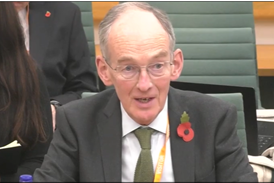



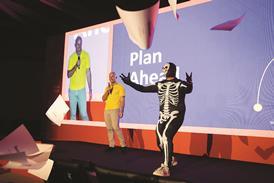


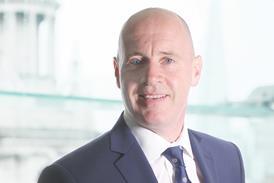







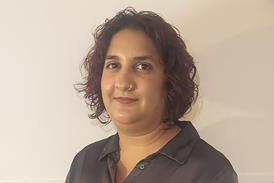

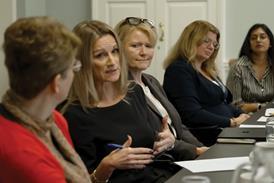







No comments yet